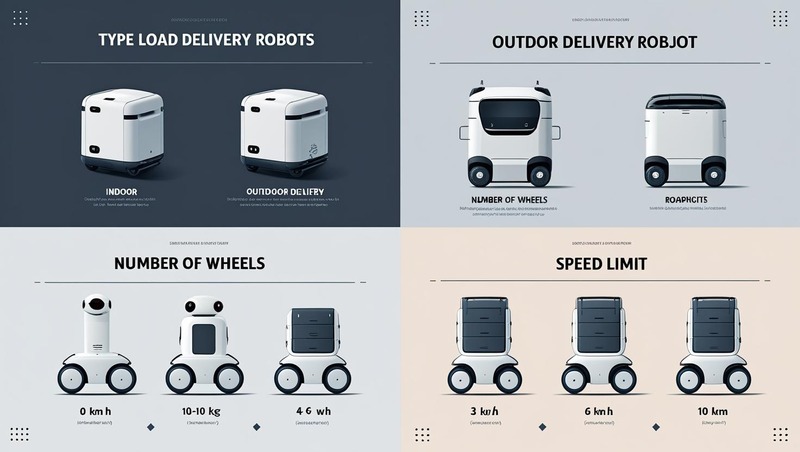The advent of 5G and the Internet of Things (IoT) is revolutionizing industries across the board, and the delivery robots industry is no exception. These technologies are acting as critical enablers, enhancing the functionality, connectivity, and efficiency of autonomous delivery systems. Together, 5G and IoT are reshaping how delivery robots navigate, interact, and operate in real-time urban and rural environments.
5G technology offers ultra-low latency, higher bandwidth, and massive connectivity, which are essential for real-time communication between delivery robots and their ecosystems. With the ability to transmit vast amounts of data almost instantaneously, delivery robots equipped with 5G can process and react to complex data streams from cameras, LIDAR, GPS, and other onboard sensors. This real-time responsiveness is crucial for safe navigation, obstacle detection, and dynamic route optimization, especially in congested or unpredictable environments.
Download PDF Brochure @ https://www.marketsandmarkets.com/pdfdownloadNew.asp?id=263997316

IoT, on the other hand, plays a pivotal role in enabling interconnected devices and systems that enhance operational visibility and coordination. Delivery robots rely on a network of IoT-enabled sensors, cloud computing platforms, and remote management systems to monitor traffic patterns, weather conditions, battery levels, and overall machine health. These smart devices collectively create a data-rich environment that empowers delivery systems to be predictive, adaptive, and self-sufficient.
The combination of 5G and IoT fosters seamless integration of delivery robots into smart city infrastructures. As cities continue to adopt intelligent traffic lights, connected roadways, and geofencing technologies, delivery robots can synchronize with these systems for optimized path planning and delivery timing. This results in fewer delays, better energy management, and improved delivery accuracy, which are vital for both customer satisfaction and operational cost-efficiency.
Furthermore, the reliability of 5G ensures uninterrupted cloud access and edge computing capabilities. This allows for continuous updates and machine learning enhancements to be deployed remotely, keeping the robots up-to-date without manual intervention. It also supports multi-robot coordination, where fleets of delivery robots can communicate with each other and coordinate tasks efficiently without human involvement.
From an industry standpoint, these advancements translate to faster scaling of last-mile delivery operations, especially in sectors like e-commerce, food delivery, and healthcare logistics. The synergy of 5G and IoT paves the way for autonomous delivery services to become more mainstream, particularly in densely populated urban areas and hard-to-reach rural locations where traditional delivery methods are less efficient.
In conclusion, the integration of 5G and IoT is driving a new era of autonomy, precision, and intelligence in the delivery robots industry. As these technologies mature and become more accessible, they will continue to unlock new levels of performance, safety, and customer experience, ultimately positioning autonomous delivery as a key pillar of the future logistics ecosystem.